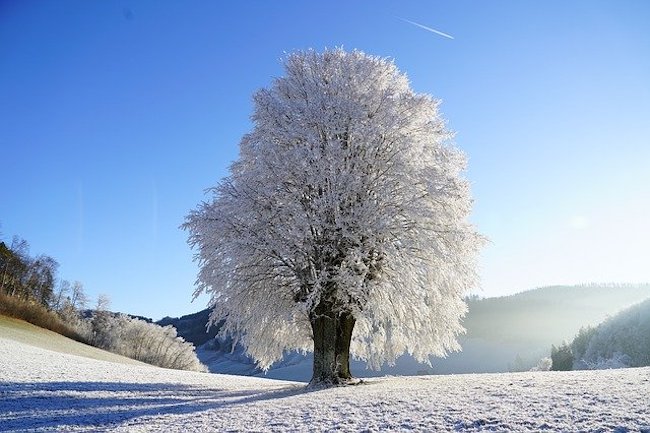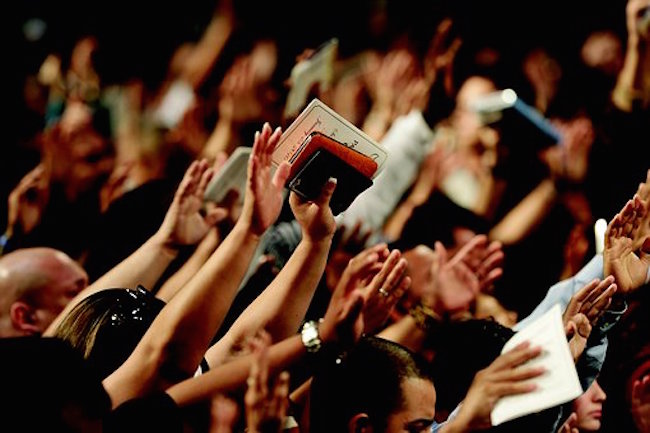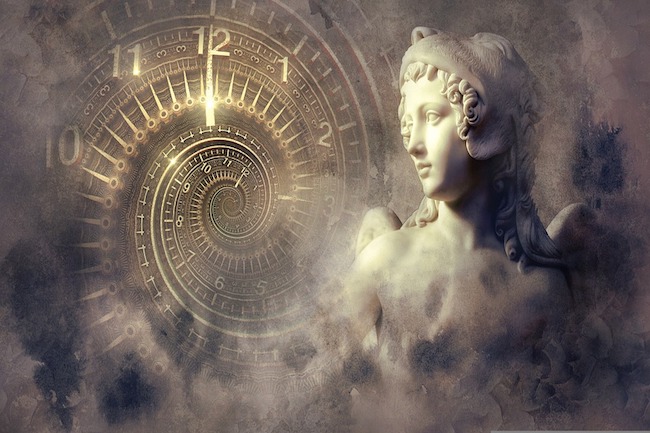Why do we have Christmas trees? How a “pagan symbol” became an integral part of our Christmas traditions by Ryan Denison, PhD for Denison Forum
Chances are, most of us have a tree—either real or fake—featured prominently in our homes this Christmas season. But have you ever wondered where that tradition came from?
After all, it’s kind of strange if you stop and think about it.
Turns out, people started putting up Christmas trees (or some derivation thereof) centuries before the very first Christmas, and understanding how that ancient practice came to be a featured part of our holiday experience has an important lesson to teach us about how we see and share our traditions today.
The origins of the Christmas tree
The first Christmas trees date all the way back to the ancient Egyptians, who believed that winter came because the sun god, Ra, got sick and weak during the cold months of the year.
The winter solstice—which always falls around December 25—marked the moment the days began to grow longer, which they took to coincide with their god starting to get healthy again. To celebrate, they would fill their homes with green palm rushes to symbolize the triumph of life over death.
The Romans had a similar tradition around the feast of Saturnalia. Saturn was the god of agriculture, so the winter solstice meant that the worst of the cold months had passed and their farms and orchards would soon start to flourish again. As part of the feast, they decorated their homes and temples with the boughs of evergreen trees.
However, the druids in Northern Europe are perhaps the most important for explaining the origins of our traditions today.
The druids were the priests of the ancient Celts and, like the Romans and Egyptians, they also decorated their temples with evergreen boughs as a symbol of everlasting life. When the Vikings invaded, they adopted the tradition and came to associate the evergreen tree with their sun god, Balder.
This association kept the evergreen tree as an important symbol of life throughout much of Europe during the middle ages, which brings us to Martin Luther, Germany, and the origins of our Christmas trees today.




